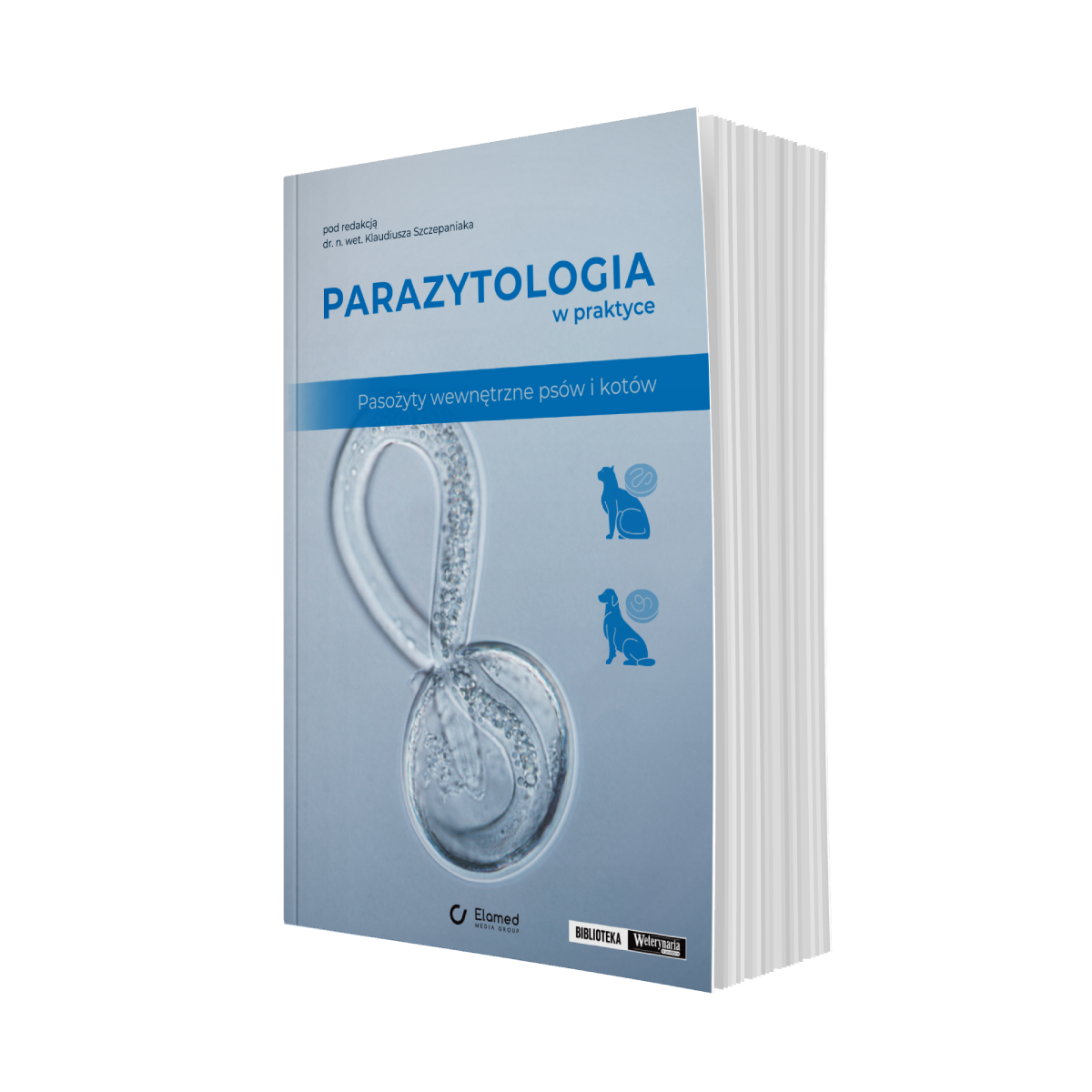Kto tak naprawdę nami steruje? Manipulacje w świecie pasożytów
Piśmiennictwo
- https://www.cdc.gov.pl.
- Poulin R.: Parasite Manipulation of Host Behavior. „Advances in the Study of Behavior”, 2010. DOI: 10.1016/s0065-3454(10)41005-0.
- Lafferty K.D., Shaw J.C.: Comparing mechanisms of host manipulation across host and parasite taxa. „The Journal of Experimental Biology”, 2013. DOI: 10.1242/jeb.073668.
- Adamo S.A.: Parasites: evolution’s neurobiologists. „The Journal of Experimental Biology”, 2013. DOI: 10.1242/jeb.073601.
- Pasożytnictwo, Encyklopedia PWN: źródło wiarygodnej i rzetelnej wiedzy. (n.d.). PWN.
- Holland C.V., Hamilton C.M.: The significance of cerebral toxocariasis: a model system for exploring the link between brain involvement, behaviour and the immune response. „The Journal of Experimental Biology”, 2013. DOI: 10.1242/jeb.074120.
- Prandovszky E., Gaskell E.A., Martin H.L., Dubey J.P., Webster J.P., McConkey G.A.: The Neurotropic Parasite Toxoplasma Gondii Increases Dopamine Metabolism. „ PLOS ONE”, 2011. DOI: 10.1371/journal.pone.0023866.
- Klein S.L.: Parasite manipulation of the proximate mechanisms that mediate social behavior in vertebrates. „Physiology & Behavior”, 2003. DOI: 10.1016/s0031-9384(03)00163-x.
- Laothamatas J., Wacharapluesadee S., Lumlertdacha B., Ampawong S., Tepsumethanon V., Shuangshoti S., Phumesin P., Asavaphatiboon S., Worapruekjaru L., Avihingsanon Y., Israsena N., Lafon M., Wilde H., Hemachudha T.: Furious and paralytic rabies of canine origin: Neuroimaging with virological and cytokine studies. „Journal of NeuroVirology”, 2008. DOI: 10.1080/13550280701883857.
[...]
Ten materiał dostępny jest tylko dla użytkowników
którzy są subskrybentami naszego portalu.
którzy są subskrybentami naszego portalu.
Wybierz pakiet subskrypcji dla siebie
i ciesz się dostępem do bazy merytorycznej wiedzy!
i ciesz się dostępem do bazy merytorycznej wiedzy!
Masz aktywną subskrypcję?
Nie masz jeszcze konta w serwisie? Dołącz do nas
Mogą zainteresować Cię również
104
ALGORYTMY
POSTĘPOWANIA
w weterynarii
POSTĘPOWANIA
w weterynarii
























